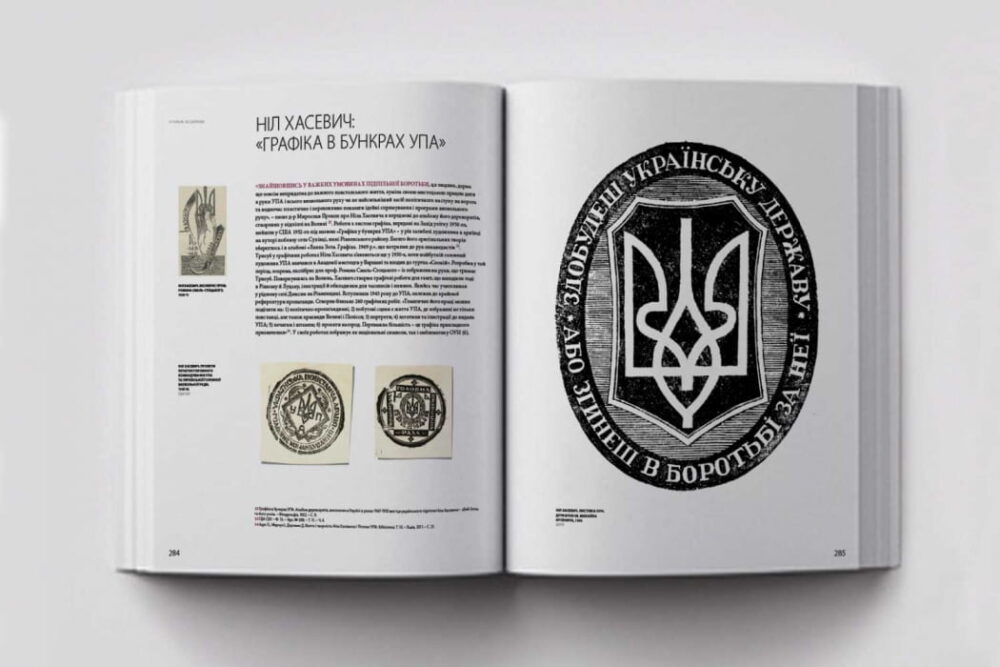
The story of Tryzub
Share
The Tryzub isn't just Ukraine's coat of arms; it's a living testament to its centuries-old history, embodying the struggle, revival, and resilience of the Ukrainian people. Its roots stretch back through the depths of time, long before the modern state existed.
The first mentions of this unique symbol appear during the era of Kyivan Rus'. Archaeologists have discovered images of the Tryzub on coins, seals, and other artifacts belonging to princes, most notably Volodymyr the Great. At that time, the Tryzub likely symbolized power, grandeur, and a connection to divine forces, possibly representing a stylized falcon-rarog or an anchor.
Over the centuries, the Tryzub changed its forms and meanings but always remained an important symbol for Ukrainian lands. It adorned the seals of Ukrainian Hetmans and was used by the Cossacks as an identifying mark. In the 20th century, during the struggle for independence in 1917-1921, the Tryzub again came to the forefront, becoming the official emblem of the Ukrainian People's Republic.
After decades of prohibition during the Soviet period, the Tryzub made a triumphant return as the state symbol of independent Ukraine in 1992. Today, it's an integral part of the national identity, embodying the freedom, dignity, and sovereignty of the Ukrainian people. Each of its lines recalls a thousand-year heritage and the unbreakable spirit that lives in the heart of every Ukrainian.